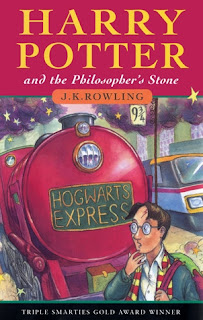The film was made in 1969, and in a way was a kind of epilogue on the 1960s.
The plot is fairly simple. Two funerals and a wedding.
Ray buys an old deconsecrated church and Alice opens a restaurant in it. Arlo goes to see Alice for Thanksgivng and as a favour takes her trash to the dump. When the dump is closed, he drops it on top of another pile of garbage at the bottom of a ravine. When the local sheriff finds out a major manhunt begins. Arlo manages to survive the courtroom experience but when he is to be inducted into the army via the draft and is asked whether he has ever been arrested, he has to say yes. Has he been convicted of a crime? Yes. Even through the crime was littering, he is sent to the group with major criminals.
One reviewer at the IMDb site says
Alice's Restaurant is about life and loss, and the traps we allow ourselves to get caught up in. It's about addiction, youth, anarchy, death, and aimlessness. It's a celebration and a lament for all those things.
As we were watching it, there is a scene with a tent evangelist, and they are singing Amazing Grace. Val remarked that that must be one of the overplayed hymns ever, like Kum-ba-ya. And I recalled that when I first saw the film, in Windhoek on 15 December 1970, it was the first time I had ever heard Amazing Grace, so it came to me as fresh and new then. I heard it quite a lot thereafter, and I wondered it it was the film that was responsible for its subsequent popularity. Certainly in my mind that song was always associated with the film, and in 2006, when the family asked what I wanted as a birthday present, one of the things I mentioned was the DVD of Alice's Restaurant, so I could remind myself of where I first heard that song.
A couple of years later, when I was living in Durban, staying with Larry and Carol Gilley and their family, they had an old hymn book with Amazing Grace in it, and I used it a few times in church services, and at that time, too, I had never heard it anywhere else but in the film. And a couple of years later it was heard everywhere, though in a slightly different version, with different music for the third line.
When I first saw Alice's Restaurant I was living in a Christian commune in Windhoek and that was one of the dreams of the 1960s that didn't quite come true. And at the end of the film Ray and Alice get married, and they have a big celebration with lots of friends in their church-cum-restaurant. Then one by one the friends leave, and Ray and Alice urge them to stay. Ray says they will move to a farm in the country, where they can all live together and see each other whenever they want. They go to the door, and see of the last of their friends. and Ray talks some more about that, in the same way that we often talked about such things in those days. Then he goes inside, and Alice is left, alone and lonely, at the door. And that seems to sum up the 1960s.
In the same year that the film was released, a book was published, The Lonely Crowd, and the visions of communal living expressed by Ray in the film were intended to be a solution to that, but at the end Alice is left alone on the steps of a deconsecrated church, the symbol of a failed Christian community.
And so it calls to mind another song, not in the film, released a couple of years later, about dreams of freedom:
Yesterday's dream didn't quite come true
We fought for our freedom, and what did it do?
Now no one can see where they stand.



